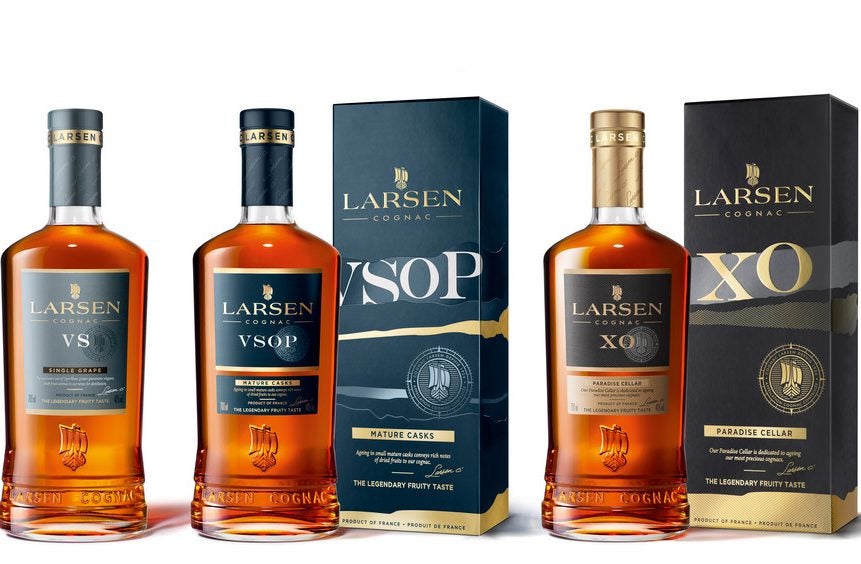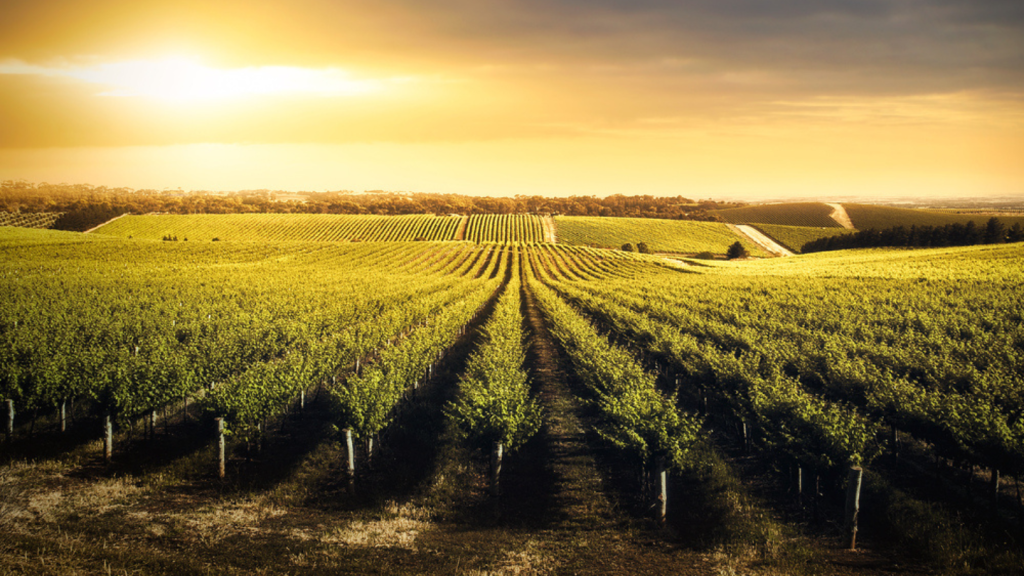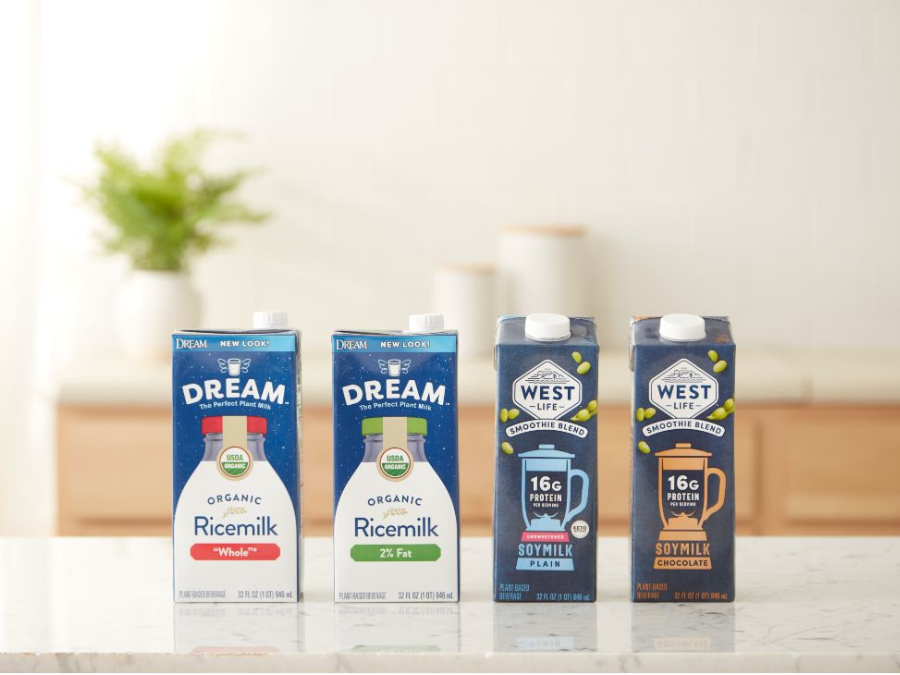
It’s been a busy time for Malcolm Leask, MD of International Beverage, the international arm of ThaiBev. Thanks to the unpredictable timelines of M&A negotiations, two deals that had been expected to close weeks apart – the acquisitions of Larsen Cognac and New Zealand’s Cardrona Distillery – were announced within days of each other. “At one point, it looked like they might even close on the same day,” says Leask wryly. “That would have been interesting…”
International Beverage has been one of the quieter alcohol brand owners in the recent past. Previously, it was chiefly known for its Inver House Distillers Scotch whisky roster, with Old Pulteney, Balblair, anCnoc and Hankey Bannister to the fore, supported by Caorunn gin.
The two acquisitions have shifted the company into the spotlight. At first glance, however, they could hardly be more different – a traditional, Nordics-focused Cognac house with almost a century’s history, versus a fledgling New World craft distiller only established in 2015.
Dig into the backstory of the Larsen deal and it makes a lot of sense. The two companies were already connected – International Beverage distributes Larsen in China and Hong Kong via subsidiary AsiaEuro International Beverage (AIB), and Anora handles travel retail distribution for some of the group’s products in the Nordics.
Thanks to its history, Larsen – founded by Norwegian Jens Reidar Larsen in 1926 – was always a Nordics-centred brand and those markets are mature Cognac destinations with little potential for dynamic growth. The action lies elsewhere, and Anora was not best equipped to exploit it, although the company will remain the exclusive distributor for the Nordics and Baltics, including travel retail.
Leask admits International Beverage had been interested in Larsen “for a little while”, attracted by the business’s good mix of stocks, with the power to expand inventories under a well-capitalised owner like ThaiBev/International Beverage.
How well do you really know your competitors?
Access the most comprehensive Company Profiles on the market, powered by GlobalData. Save hours of research. Gain competitive edge.

Thank you!
Your download email will arrive shortly
Not ready to buy yet? Download a free sample
We are confident about the unique quality of our Company Profiles. However, we want you to make the most beneficial decision for your business, so we offer a free sample that you can download by submitting the below form
By GlobalDataThis factor marks Larsen as a long-term play – as indeed any acquisition of a matured spirits company should be – and that leaves Leask fairly relaxed about buying into a highly consolidated spirits category that is experiencing mixed fortunes in its two leading markets of China and the US.
“If you look beyond the current macroeconomic headwinds, we’re great believers that Greater China and Asia will be strong drivers for growth for many decades to come,” he tells Just Drinks. “I don’t think [consolidation] bothers us, to be honest. Those companies help build categories and open up new markets. But they also tend to be their own distributor and local companies want a Cognac that they can offer to their customers.”
Meanwhile, Cardrona looks like a classic acquisition of a relatively young, but fast-growing business by a larger operator that can scale things up through investment and opening up new routes to market. “We think we can add real value,” says Leask.
For the moment, the distillery’s mature whisky stocks are so scarce that allocations are the order of the day. “We definitely believe that we will be expanding production,” says Leask. “We will be moving to seven-day working and we will be looking to invest in warehousing and ancillary businesses.
“My goal is not to make a massive distillery – that would defeat the point – but to expand to the next stage with slightly more availability in the years to come.”
There will also be a focus on tourism – Cardrona attracts 80,000 visitors a year to its stunning location in New Zealand’s South Island – and on sustainability. That’s hardly surprising, given New Zealand’s clean, green image, and International Beverage’s sustainability efforts with its Scotch whisky distilleries.
The acquisitions are part of a long-term strategy to expand and diversify International Beverage’s operations. “If we’re 90% Scotch whisky, then that makes it difficult to build a scalable route to market,” points out Leask. That’s particularly true when it comes to attracting the right distribution partners around the world.
So should we expect a conveyor belt of acquisitions in the near future? “We need to integrate what we’ve got and not get ahead of ourselves and be the company that’s just buying everything,” says Leask. “We need to map out the journey with our Larsen partners, Cardrona partners, in terms of investment and brand growth.
“Are these the only acquisitions we’ll make? I don’t think so but we’re not going to have an October launch, a November launch, a December launch. I think that would be unwise.
“We also have lots of stuff to do with the Scotch whisky brands that we want to relaunch and premiumise. We’re sitting on some very good stocks and I think there’s a job for us to do in deepening our offer in Scotch whisky. That will keep us out of mischief for a little while.”
These deals are part of a mini-flurry of M&A activity in spirits at the moment – think Bacardi acquiring 100% of Ilegal mezcal, William Grant & Sons taking over Silent Pool Distillers, Illva Saronno buying a majority stake in Sagamore Spirit.
With challenging market conditions making organic revenue growth potentially more elusive in the short to medium term, there has to be a temptation for brand owners to grow their top line by snapping up smaller operations.
However, that’s not necessarily a prime motivating factor in the International Beverage deals – and, as Leask points out, M&A offers opportunities both to the purchaser and to the purchased.
“The ‘build it and they will come’ model doesn’t seem to work,” he says. “In order to accelerate, distillers have to have a commercial operation that can scale up and sell those products. Small and medium-sized businesses end up at a crossroads where they either double down and grow organically, or they come to a decision point where they have to sell to grow their business.”
In that context, Larsen had reached something of a cul-de-sac, with little opportunity for growth in its core markets, while Cardrona was looking to embark on the next stage of its evolution, in terms of investment in production and distribution.
Ostensibly very different spirits operations, but with one key factor in common: they had reached a point where they both needed something new – in terms of ownership, investment, strategy and route to market. And, in the current beverage alcohol landscape, they’re not alone in that.




